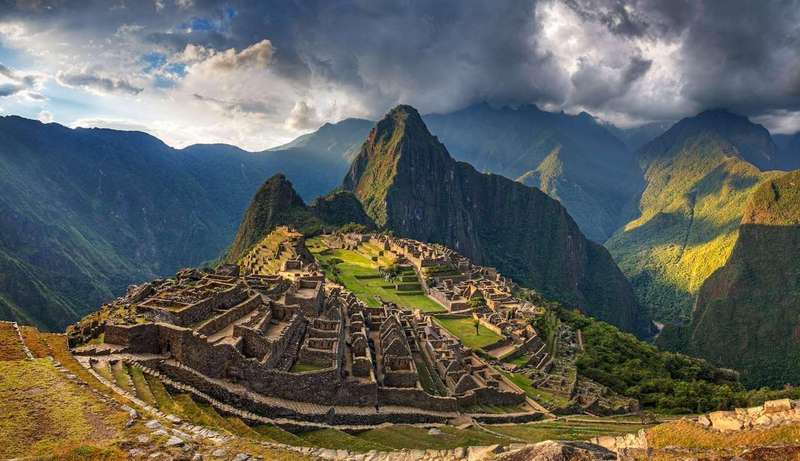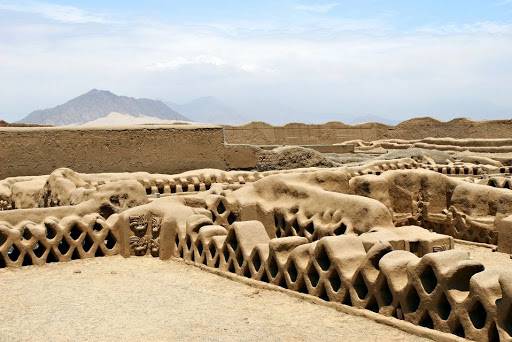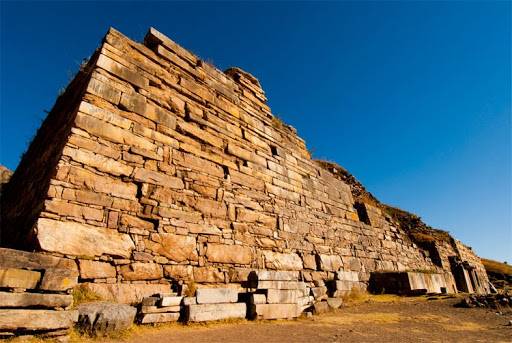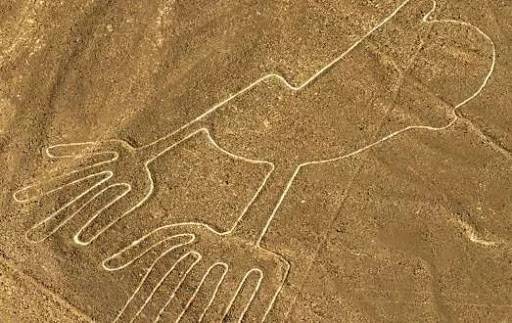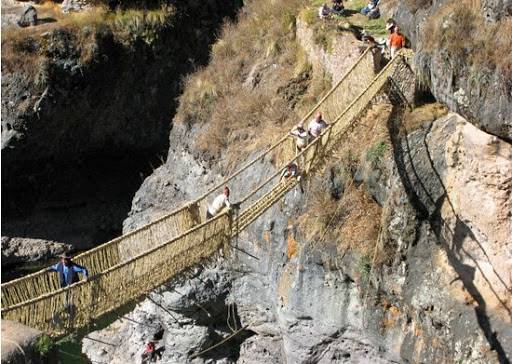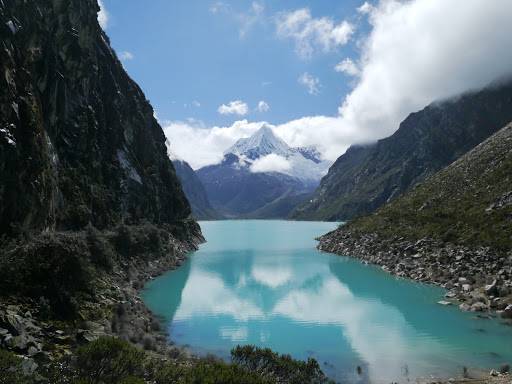Chan Chan Archaeological Zone
Inscription Year: 1986; Also listed in the World Heritage in Danger list; Location: La Libertad Region, Area: approximately 14.15 square kilometers. In its central area, nine castles have been discovered. The city planning is orderly, and even after natural erosion and damage by later treasure hunters, the adobe walls remain grand and desolate. The exquisite reliefs tell the story of a once brilliant ancient civilization.
Chavín Archaeological Site
Inscription Year: 1985; Location: Huari Province, Ancash Region; Area: approximately 0.15 square kilometers. The Chavín site was an ancient place of worship and a renowned location before the Columbian era. Just a glance at the 4-meter-high giant stone carvings is enough to be amazed by the vivid images of beast-like human faces on the stones.
Historic City of Cusco
Inscription Year: 1983, Location: Cusco, Core Area: Approximately 1.42 square kilometers, Buffer Zone: Approximately 2.85 square kilometers. Under the rule of Inca King Pachacutec, the city of Cusco became the religious and political center of the Inca Empire, serving as the heart of the once-flourishing empire. It is known as the 'Jewel in the Crown of the Andes' and the 'Cradle of Ancient Inca Culture.'
Historic Centre of Arequipa
Inscription Year: 2000, Location: Arequipa; Core Area: approximately 1.67 square kilometers, Buffer Zone: approximately 1.65 square kilometers. Arequipa, or its more romantic name 'The White City', owes its charm to the volcanic rock called 'sillar'. The combination of European architecture and local traditional building techniques and styles makes the entire city perpetually vibrant like spring.
Nazca and Palpa Lines
Inscription year: 1994, Location: Ica Region, Area: approximately 753.58 square kilometers. On the vast and boundless Pampa de Jumana, there are still enormous lines carved between 500 BC and 500 AD. Some of these lines depict living animals, plants, and imaginary figures, as well as geometric shapes that stretch for kilometers, and their numbers are still increasing. Since their discovery, countless scholars have had various theories: are they alien signals, ritual sites, or giant astronomical books? No one has been able to solve the mystery. These patterns are so enormous that you must take a small plane to view them from the air to fully appreciate the complete drawings.
Inca Road System
Inscription year: 2014, Location: Peru, Argentina, Bolivia, Chile, Colombia, Ecuador; Core area: approximately 114.07 square kilometers, Buffer area: approximately 6630.70 square kilometers. One particularly special segment of the road network is a grass-woven suspension bridge named Q'eswachaka, the last remaining suspension bridge from the Inca Empire, spanning nearly 37 meters. For five centuries, locals have dismantled and rebuilt it annually. Due to its unique historical significance, UNESCO inscribed the Q'eswachaka suspension bridge on the 'Representative List of the Intangible Cultural Heritage of Humanity' in 2013.
Sacred City of Caral-Supe
Inscription Year: 2009, Location: Supe District, Barranca Province, Lima Region; Core Area: approximately 6.26 square kilometers, Buffer Zone: approximately 146.20 square kilometers. Incredibly, with only basic tools, the builders of Caral constructed pyramids, sunken open-air circular theaters, earthquake-resistant buildings, and underground ventilation ducts that kept internal flames burning, which can be considered a miracle.
Huascarán National Park
Inscription year: 1985, Location: Huascarán Mountain Range, Area: approximately 3400 square kilometers. In the deep canyons, torrents originating from alpine glaciers rush down steep cliffs; there are numerous glacial lakes, crystal clear. The total water storage capacity is several million cubic meters. The mountains are home to alpine tundra, subalpine sparse wet grasslands, and the park is also inhabited by rare mammals such as the spectacled bear and the vicuña, as well as the Andean condor and the giant hummingbird.
